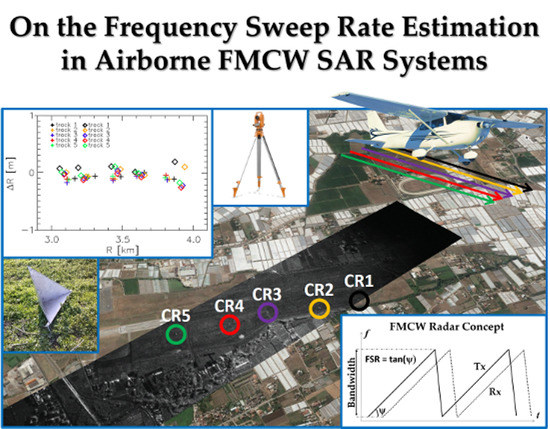On the Frequency Sweep Rate Estimation in Airborne FMCW SAR Systems
Abstract
Share and Cite
Esposito, C.; Berardino, P.; Natale, A.; Perna, S. On the Frequency Sweep Rate Estimation in Airborne FMCW SAR Systems. Remote Sens. 2020, 12, 3448. https://doi.org/10.3390/rs12203448
Esposito C, Berardino P, Natale A, Perna S. On the Frequency Sweep Rate Estimation in Airborne FMCW SAR Systems. Remote Sensing. 2020; 12(20):3448. https://doi.org/10.3390/rs12203448
Chicago/Turabian StyleEsposito, Carmen, Paolo Berardino, Antonio Natale, and Stefano Perna. 2020. "On the Frequency Sweep Rate Estimation in Airborne FMCW SAR Systems" Remote Sensing 12, no. 20: 3448. https://doi.org/10.3390/rs12203448
APA StyleEsposito, C., Berardino, P., Natale, A., & Perna, S. (2020). On the Frequency Sweep Rate Estimation in Airborne FMCW SAR Systems. Remote Sensing, 12(20), 3448. https://doi.org/10.3390/rs12203448







